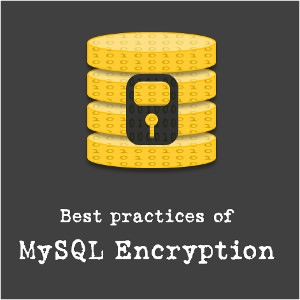Foundation Course in Business Analytics in association with IBM

Intellipaat
Course Summary
Our Cognos certification training course lets you master the IBM Cognos tool. We provide the best online training classes to help you learn Cognos architecture, BI lifecycle, Cognos Connections, Query & Report Studio, Report, Dashboard, Cognos administration. Work on real world projects.
-
+
Course Description
Cognos online certification training is an in-depth course on Data Warehousing and Cognos BI. This course will help you to prepare for IBM Cognos certification and give real time industry exposure on creating complex reports and dashboards.About Course
What you will learn in this Cognos Training?
- Understand basics of Data Warehousing using Cognos Architecture
- Learn about IBM Cognos Business Intelligence life cycle and Cognos Connections
- Learn how to manage frameworks and import data in Cognos BI tool
- Create Cognos reports and dashboards using Query Studio and Report Studio
- Create namespace and query subjects
- Learn about IBM Cognos Framework Manager and Cognos Administration
Who should take this Cognos Training?
- ETL Developers and Business Intelligence Professionals
- Database Architects, SQL Developers and Mainframe Professionals
- Project Managers, Business Analysts and Testing professionals
What are the prerequisites for learning Cognos?
There are no such prerequisites for learning Cognos although having a basic idea of SQL can help.Why you should take Cognos Training Course?
- Global Business Intelligence and Analytics Market to Reach $16.9 Billion in 2016 – Gartner
- IBM is in Leaders Quadrant for Business Intelligence & Analytics Vendors – Gartner Report(Note – Cognos is flagship IBM Business Intelligence tool)
- An IBM Cognos BI Developer can get a Salary of $102,000 – indeed.com
-
+
Course Syllabus
Cognos Insight Course Content
Basic Conceptual Architecture of Business AnalyticsBusiness Analytics: Basic concepts, Business Intelligence & Data Warehousing Concepts, Conceptual differences: RDBMS & Data warehousing, Benefits & advantages of Data warehousingIntroduction to IBM COGNOS InsightWhat is IBM Cognos Insight?, Why use IBM Cognos Insight?, Add data to your Workspace, Identify Data Terms, Explore the Workspace, Filter Content using Explore Points, Navigate and Explore DataImport DataImport Data, Use Quick Import, Import from a File, Define Data for Mapping, Map the Cube, Map Dimensions and Measures, Import from Microsoft Excel, Import form a Relational ODBC Source, Data Source, Refresh Data, Import Inventory Data from a Relational Data SourceRestructure DataAnalyze Data, Calculate Data in a Workspace, Create Custom Calculations, Undo Changes, Restructure Data, Change the Way Measures are Summarized, Add Calculations During an ImportCreate VisualizationsChoose an effective Chart, Choose a Chart Type, Area Charts, Bar Charts, Column Charts, Line Charts, Pie Charts, Point Charts, Specify Chart OptionsConstruct a WorkspaceAdd Contents using Widgets, Examine Widget Types, Modify Widget Bbehavior Organize your Workspace, Enhance Appearance with ThemesFormat and Enter DataFormat and Enter Data, Understand Data Entry Colors, Use Numeric and Text Data, Use Date, Use Pick Lists, Add Annotations, Enter data Quickly using Shortcuts, Data Entry CommandsFurther Learning Roadmap:To learn analytics further and orient your career in that direction, following are the recommended study areas –Big Data & Analytics, Text/Content Analytics, Big Data Programming, Predictive Analytics and Data Modelling
This course is listed under
Development & Implementations
, Data & Information Management
and Digital Media & Games
Community
Related Posts:





